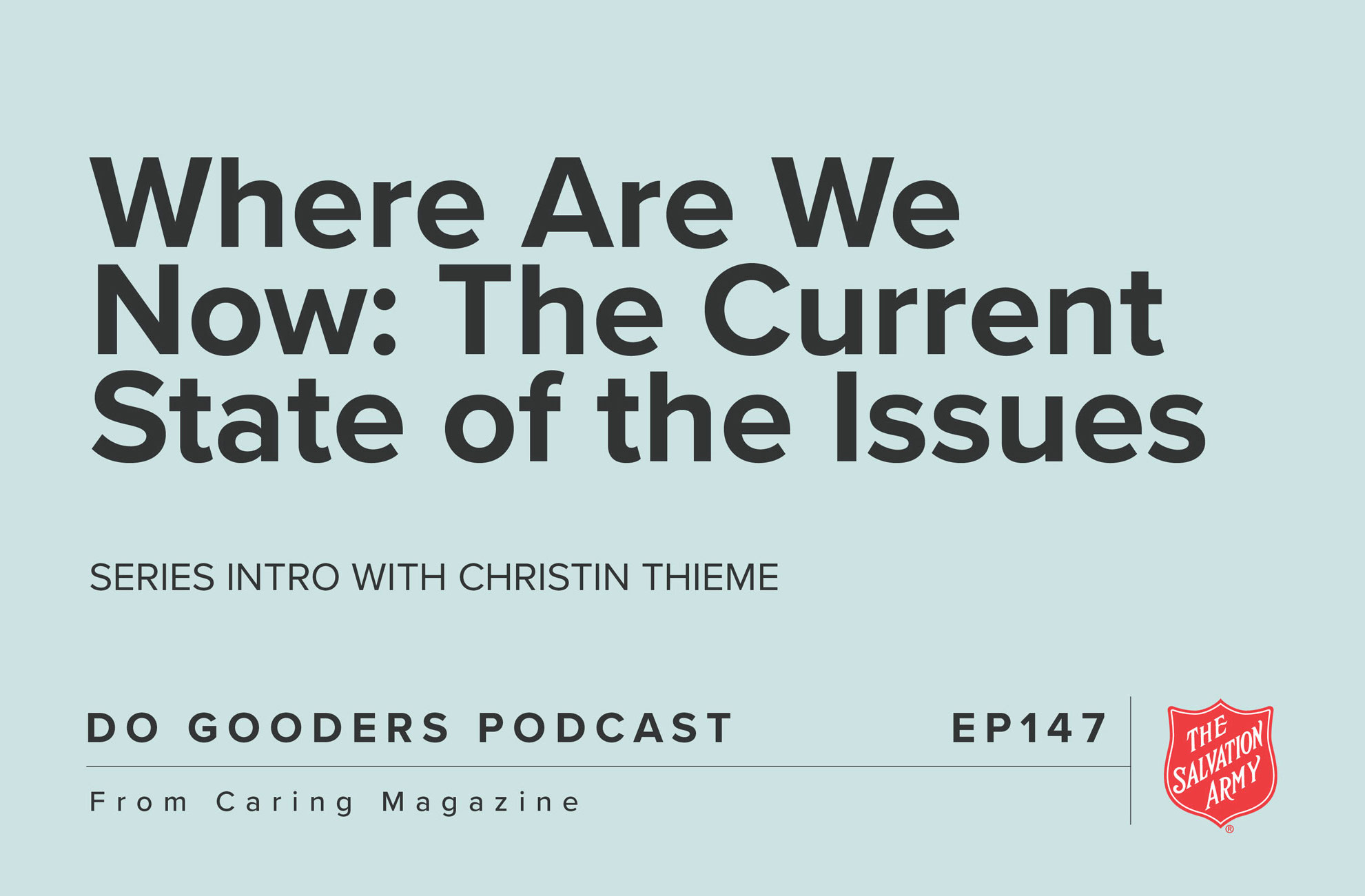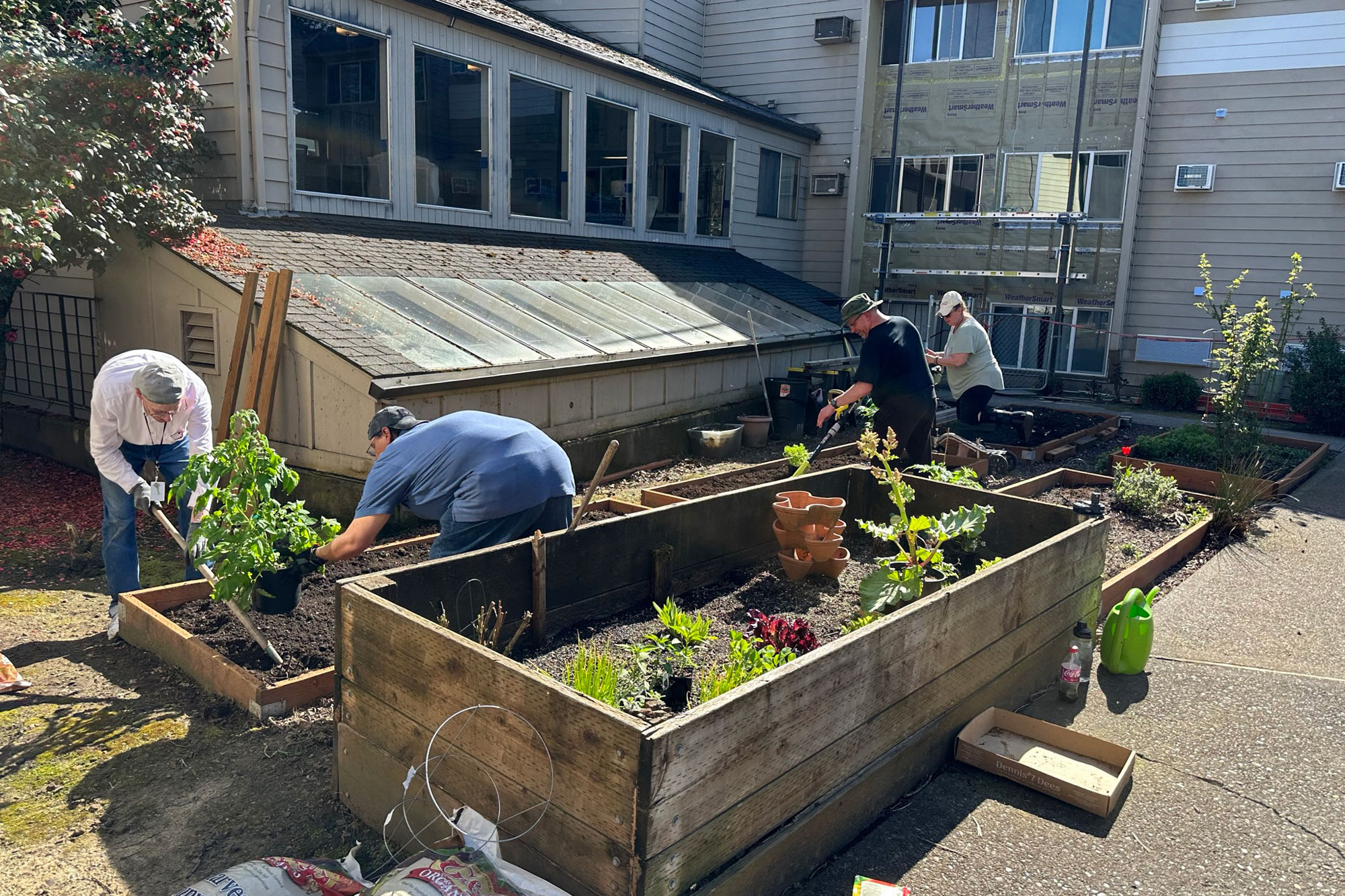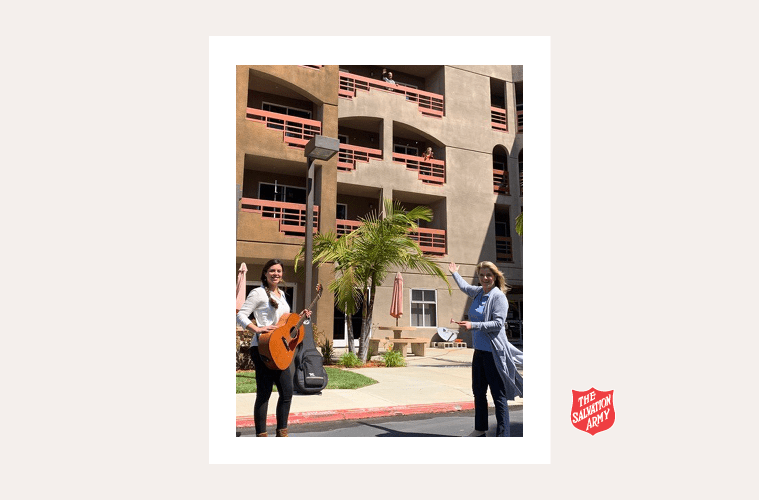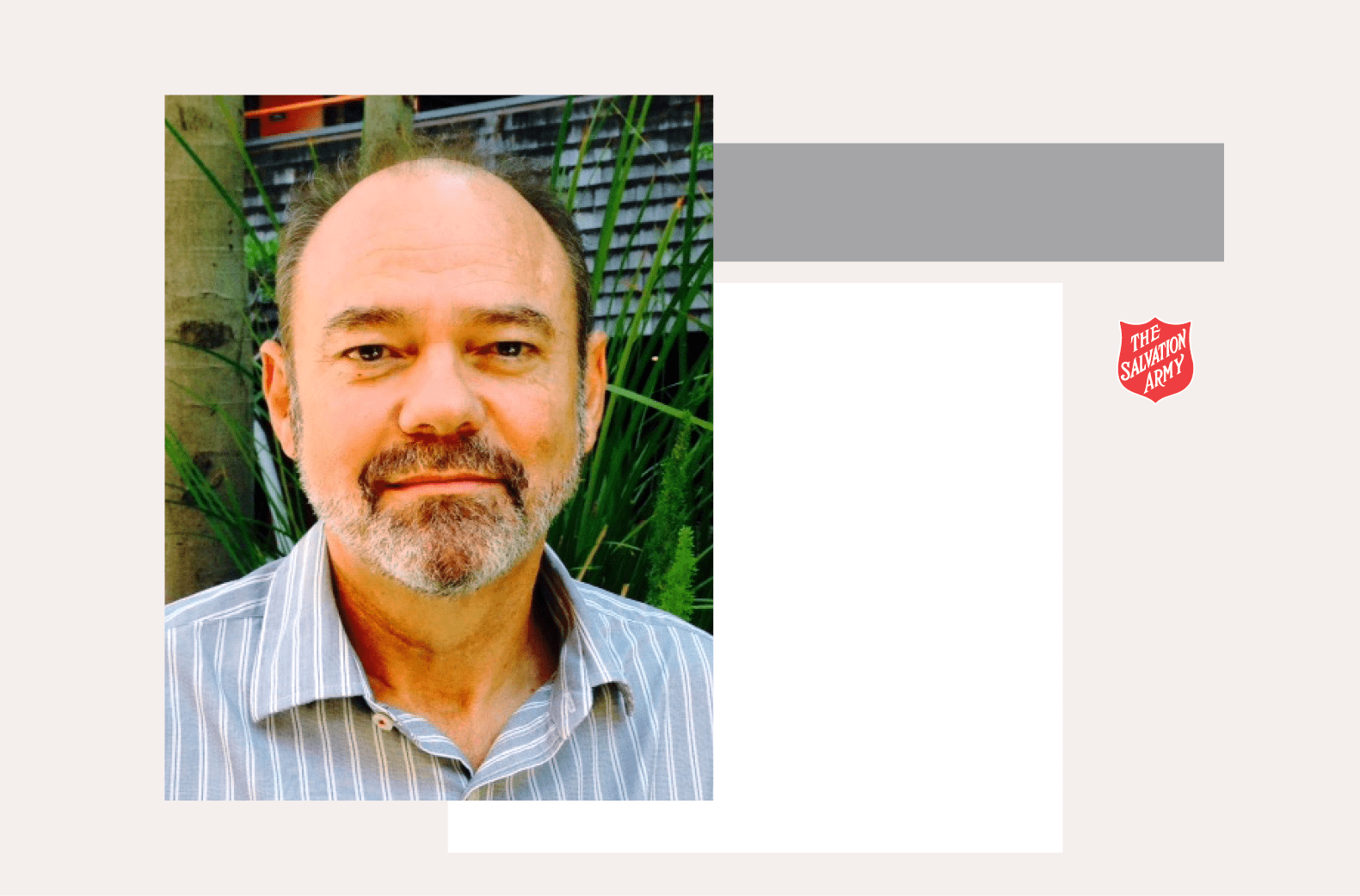Listen to this article
Listen to this article
Loading
Play
Pause
Options
0:00
-:--
1x
Playback Speed- 0.5
- 0.6
- 0.7
- 0.8
- 0.9
- 1
- 1.1
- 1.2
- 1.3
- 1.5
- 2
Audio Language
- English
- French
- German
- Italian
- Spanish
Open text
147 where are we now: the current state of the issues. just a year ago, if you would’ve asked the experts where the u.s. was headed, they were certain of one thing: the country was beelining toward a recession. in fact, a bloomberg economic model said the odds of a u.s. recession in 2023 were 100 percent. not 99 percent. there was no possible chance an economic slowdown was avoidable. so, how are we doing a year later? well, you could say those grim forecasts were a little off-target. actually, they were way off-target. unemployment in the u.s. is near a 60-year low, inflation is falling, real incomes are rising, and inequality is shrinking. currently, the u.s. has the fastest growth rate and the lowest annual inflation of any g7 country. the u.s. economy, according to all the key indicators, is humming right along. and yet, for many americans, prosperity is ever elusive. even though inflation has slowed from historic highs, last year’s inflation is still baked into today’s prices. and wages didn’t grow nearly fast enough to offset that inflation. housing, education and healthcare are still too expensive for many americans. and there’s still unmet need in every zip code across the u.s. so what does this mean? well, for one, there’s a major discrepancy between key economic indicators and the reality lived out every day in many american households. it also means the salvation army has its work cut out for them, especially as we work to meet the needs of the whole person—body, mind and soul. and that’s exactly what we’re covering in the episodes of this podcast to come. we’ll be taking a look at the state of the issues, exploring the salvation army’s work through the lens of its seven primary areas of service. what are those areas? first, let’s make sure we’re all on the same page. the salvation army is a faith-based organization that began in london in 1865. its founder, a methodist minister named william booth, walked the streets preaching to the homeless, the hungry and the destitute. booth’s efforts became the salvation army, which set out to offer compassionate, tangible service to people in need following a quasi-military structure with william booth as its first general. as the salvation army spread, it became known as one of the largest providers of humanitarian aid. you may have even heard of its early motto: soup, soap and salvation. today, that service extends to more than 130 countries around the world and to nearly every zip code here in the u.s. as the salvation army works to meet human need in every community—exactly as that community needs. in some ways, that’s exactly what makes a complete understanding of all the salvation army does so difficult. but it’s also what i think is beautiful about the army—it fills the need, whatever it is, for whoever needs it. the salvation army’s mission statement is this: to meet human need in christ’s name without discrimination—that’s regardless of gender, race, sexual orientation, physical disability, age, creed or religion. and with the generous support of the public, the salvation army serves more than 24 million americans in need each year. so back to those areas of service. here’s an overview of each, and a quick preview of what’s to come on this show. 1. hunger. according to the most recent data, 13.5 million u.s. households (that’s just over 10%) experienced food insecurity at some point over the previous year. can you imagine not knowing where your next meal will come from? that’s why one of the salvation army’s most recognizable services is its dedication to eradicating hunger. in fact, the salvation army provides an average of 156,000 meals every single day across the country. these nutritious meals are given through food pantries, which offer free fresh produce and canned goods; meal programs that range from sit-down, hot meals with valuable human interaction; to mobile meals that deliver much-needed sustenance to those who are homebound, to community gardens where those involved cultivate and care for the renewable source of produce at no cost. where there is hunger, you’ll find the salvation army feeding people and meeting needs. 2. rehabilitation. in 2021, more than 98,000 people died from preventable drug overdoses. that’s an increase of almost 800% since 1999. the salvation army recognizes the devastating effects of substance abuse on individuals—and their families. that’s why the salvation army operates some 85 adult rehabilitation centers, residential programs that provide spiritual, emotional and social assistance to individuals who are experiencing a variety of challenges, including issues relating to substance abuse. last year, nearly 100,000 men and women received support from the salvation army through arc programming. the program is made possible through the generosity of those who donate goods that can be sold in salvation army thrift stores. these stores offer value, quality and selection, and the proceeds from these sales fund the arc program provided to participants. so yes, it’s more than a t-shirt. when you donate your used goods to the salvation army, you help fund the rehabilitation programs that assist people in finding stability. in reuniting families. 3. homelessness. homelessness rose by a modest 0.3 percent from 2020 to 2022. but that uptick belies the increase in need for shelter beds and affordable housing. and while the increase might be minimal, the department of housing and urban development found 582,000 americans experiencing homelessness on an average night in 2022. that’s why the salvation army provides a safe place to sleep for nearly 30,000 people every night. the army has group homes, emergency shelters and transitional living centers that provide housing to displaced individuals and families for varying amounts of time. but it’s not just a bed; the salvation army seeks to serve the whole person and so every shelter service is supplemented with emotional and spiritual support. this includes counseling and educational and vocational services to help lead people back to self-sufficiency and independence. it’s a cornerstone of the salvation army’s work. in addition to shelter, the salvation army also aims to help struggling families avoid falling into the cycle of crisis by supplementing their income with utility, rent and other vital payments. often, this assistance becomes the difference between maintaining a place to live—or not. 4. disaster relief. we know drought, wildfires, flash-flooding, hurricanes, tornadoes, earthquakes and blizzards are the greatest threats to our country. and while every natural disaster is unique and creates its own special needs, the core of the salvation army’s disaster response consists of several basic services to meet the immediate needs of a survivor and the emergency responders there to help. often, we’re one of the first organizations on the scene because with a presence in nearly every zip code across the country, we’re already in the community where it happens. so when a disaster strikes, the salvation army emergency response is activated and coordinates with federal, state and local governments. the salvation army arrives as needed with food and hydration services, shelter, cleanup and emergency communication assistance to put victims in touch with loved ones. depending on the need, the salvation army will often coordinate with government entities to develop and execute long-term strategic disaster recovery plans, including restoration and rebuilding initiatives, social services to address things like medical expenses or funeral costs, or the donation of physical goods to victims. throughout it all, the salvation army provides spiritual comfort and emotional support upon request to victims and emergency responders coping with the stress of a catastrophe. many times, those in salvation army uniform are asked for prayer in the midst of a tragedy—and it’s this “ministry of presence” the salvation army considers one of its highest honors. whatever the circumstances, the salvation army brings immediate help, continued hope and long-term healing to disaster survivors and affected communities. 5. youth. the salvation army recognizes the potential of young people and strives to provide them with the resources and guidance they need to succeed. youth programs, such as after-school activities, mentorship, and character-building initiatives, help young individuals develop, spiritually and otherwise, into responsible and compassionate citizens. the salvation army operates more than 400 after-school programs in neighborhoods across the country. these programs offer a safe place to play and learn in a supervised and constructive environment. in many cases, the salvation army provides sports, arts and music programs that are not available in the local school system. from choirs, to instrumental training, poetry to painting, drama to dance, after-school lessons and activities help introduce kids to the beauties of the fine arts. in addition, the salvation army has an extensive network of camps that are devoted to developing and encouraging children. each summer, thousands of kids attend one of the 43 the salvation army camps across the u.s. last year, nearly 552,000 kids attended a summer or day camp with the salvation army. and that’s just two of the ways the salvation army impacts the lives of kids. 6. seniors. the salvation army knows kids aren’t the only ones who like to have fun—and believes no one should ever grow old alone. that’s why the salvation army showers senior citizens with love and serves them with respect. through community meals, joyful activities, visiting those who are homebound and more, the salvation army embraces older members of our communities. the army provides senior centers, residential care and support services that enhance the quality of life for older individuals. each program aims to combat loneliness and provides opportunities for seniors to engage with their communities. 7. worship. worship is at the heart of the salvation army’s mission. nearly 1,100 salvation army corps—or church—locations across the u.s. offer worship services every sunday morning. the salvation army is an evangelical part of the universal christian church. our message is based on the bible, our ministry is motivated by the love of god and our mission is to preach the gospel of jesus christ as we meet human needs in his name without discrimination. every program is rooted in a passion to serve god by serving the hurting, the helpless and the hopeless. it’s biblical: we love because god first loved us. and it’s the spiritual aspect of the work that inspires and guides the commitment to humanitarian service. as the motto goes: soup, soap and salvation. so there you have it—the seven core areas of the salvation army. yes, the salvation army covers a lot of ground, both in service areas and in physical footprint. with a presence in nearly every zip code across the u.s., the salvation army annually helps more than 24 million americans overcome hardships through a range of social services. by providing food, emergency disaster relief, rehabilitation services, clothing and shelter, and more, the salvation army is meeting human needs without discrimination at 7,219 centers of operation across the country. so this season on the do gooders podcast, we’ll be delving into these seven areas of salvation army service to learn what the state of the issue is across the u.s. and what the salvation army is doing right now. we’ll talk with internal salvation army program leaders. we’ll interview external issue experts. we’ll chat with authors who’ve written on the subjects. and most importantly, we’ll meet those who found help through the salvation army, and were willing to share their stories. and you are invited into each of these conversations with me. i know your time is limited so i don’t take it for granted that you choose to spend some of it here with me each week. we work hard to make this show a place for real-life inspiration, expert insight and ideas from change-makers so you can join in right where you are and be the reason somebody believes in goodness. and this season is no different. the goal is for you to come away from each episode with tangible takeaways so you can adopt new ways to be a part of the solution. to be part of doing the most good. i can’t wait to dive into this season with you, and i would love to hear from you as you have questions or want to know more. the best way you can help us get this show in front of more people so they can better understand the impact of the salvation army and how they can get involved is to first, subscribe, of course—i hope you already are—and leave a review of this podcast in apple podcasts. and second, to share it with others. so right now, would you hit that little arrow and text this episode to a friend? who do you know who might be interested in knowing more about the salvation army and the state of all-things hunger, homelessness, rehabilitation, disaster relief and more in the days ahead? share it with one person and spread a little goodness today. thank you for being here, friend. until next week, keep on doing good. additional resources:. subscribe to the do gooders podcast to be notified of each new episode. leave a review of this show in apple podcasts to help more people see it. share this episode with a friend! just copy the link to this page or hit the little arrow “share” button in your podcast player and send a quick text. listen and subscribe to the do gooders podcast now.
Open context player
Close context player
Plays:-Audio plays count
147 where are we now: the current state of the issues. just a year ago, if you would’ve asked the experts where the u.s. was headed, they were certain of one thing: the country was beelining toward a recession. in fact, a bloomberg economic model said the odds of a u.s. recession in 2023 were 100 percent. not 99 percent. there was no possible chance an economic slowdown was avoidable. so, how are we doing a year later? well, you could say those grim forecasts were a little off-target. actually, they were way off-target. unemployment in the u.s. is near a 60-year low, inflation is falling, real incomes are rising, and inequality is shrinking. currently, the u.s. has the fastest growth rate and the lowest annual inflation of any g7 country. the u.s. economy, according to all the key indicators, is humming right along. and yet, for many americans, prosperity is ever elusive. even though inflation has slowed from historic highs, last year’s inflation is still baked into today’s prices. and wages didn’t grow nearly fast enough to offset that inflation. housing, education and healthcare are still too expensive for many americans. and there’s still unmet need in every zip code across the u.s. so what does this mean? well, for one, there’s a major discrepancy between key economic indicators and the reality lived out every day in many american households. it also means the salvation army has its work cut out for them, especially as we work to meet the needs of the whole person—body, mind and soul. and that’s exactly what we’re covering in the episodes of this podcast to come. we’ll be taking a look at the state of the issues, exploring the salvation army’s work through the lens of its seven primary areas of service. what are those areas? first, let’s make sure we’re all on the same page. the salvation army is a faith-based organization that began in london in 1865. its founder, a methodist minister named william booth, walked the streets preaching to the homeless, the hungry and the destitute. booth’s efforts became the salvation army, which set out to offer compassionate, tangible service to people in need following a quasi-military structure with william booth as its first general. as the salvation army spread, it became known as one of the largest providers of humanitarian aid. you may have even heard of its early motto: soup, soap and salvation. today, that service extends to more than 130 countries around the world and to nearly every zip code here in the u.s. as the salvation army works to meet human need in every community—exactly as that community needs. in some ways, that’s exactly what makes a complete understanding of all the salvation army does so difficult. but it’s also what i think is beautiful about the army—it fills the need, whatever it is, for whoever needs it. the salvation army’s mission statement is this: to meet human need in christ’s name without discrimination—that’s regardless of gender, race, sexual orientation, physical disability, age, creed or religion. and with the generous support of the public, the salvation army serves more than 24 million americans in need each year. so back to those areas of service. here’s an overview of each, and a quick preview of what’s to come on this show. 1. hunger. according to the most recent data, 13.5 million u.s. households (that’s just over 10%) experienced food insecurity at some point over the previous year. can you imagine not knowing where your next meal will come from? that’s why one of the salvation army’s most recognizable services is its dedication to eradicating hunger. in fact, the salvation army provides an average of 156,000 meals every single day across the country. these nutritious meals are given through food pantries, which offer free fresh produce and canned goods; meal programs that range from sit-down, hot meals with valuable human interaction; to mobile meals that deliver much-needed sustenance to those who are homebound, to community gardens where those involved cultivate and care for the renewable source of produce at no cost. where there is hunger, you’ll find the salvation army feeding people and meeting needs. 2. rehabilitation. in 2021, more than 98,000 people died from preventable drug overdoses. that’s an increase of almost 800% since 1999. the salvation army recognizes the devastating effects of substance abuse on individuals—and their families. that’s why the salvation army operates some 85 adult rehabilitation centers, residential programs that provide spiritual, emotional and social assistance to individuals who are experiencing a variety of challenges, including issues relating to substance abuse. last year, nearly 100,000 men and women received support from the salvation army through arc programming. the program is made possible through the generosity of those who donate goods that can be sold in salvation army thrift stores. these stores offer value, quality and selection, and the proceeds from these sales fund the arc program provided to participants. so yes, it’s more than a t-shirt. when you donate your used goods to the salvation army, you help fund the rehabilitation programs that assist people in finding stability. in reuniting families. 3. homelessness. homelessness rose by a modest 0.3 percent from 2020 to 2022. but that uptick belies the increase in need for shelter beds and affordable housing. and while the increase might be minimal, the department of housing and urban development found 582,000 americans experiencing homelessness on an average night in 2022. that’s why the salvation army provides a safe place to sleep for nearly 30,000 people every night. the army has group homes, emergency shelters and transitional living centers that provide housing to displaced individuals and families for varying amounts of time. but it’s not just a bed; the salvation army seeks to serve the whole person and so every shelter service is supplemented with emotional and spiritual support. this includes counseling and educational and vocational services to help lead people back to self-sufficiency and independence. it’s a cornerstone of the salvation army’s work. in addition to shelter, the salvation army also aims to help struggling families avoid falling into the cycle of crisis by supplementing their income with utility, rent and other vital payments. often, this assistance becomes the difference between maintaining a place to live—or not. 4. disaster relief. we know drought, wildfires, flash-flooding, hurricanes, tornadoes, earthquakes and blizzards are the greatest threats to our country. and while every natural disaster is unique and creates its own special needs, the core of the salvation army’s disaster response consists of several basic services to meet the immediate needs of a survivor and the emergency responders there to help. often, we’re one of the first organizations on the scene because with a presence in nearly every zip code across the country, we’re already in the community where it happens. so when a disaster strikes, the salvation army emergency response is activated and coordinates with federal, state and local governments. the salvation army arrives as needed with food and hydration services, shelter, cleanup and emergency communication assistance to put victims in touch with loved ones. depending on the need, the salvation army will often coordinate with government entities to develop and execute long-term strategic disaster recovery plans, including restoration and rebuilding initiatives, social services to address things like medical expenses or funeral costs, or the donation of physical goods to victims. throughout it all, the salvation army provides spiritual comfort and emotional support upon request to victims and emergency responders coping with the stress of a catastrophe. many times, those in salvation army uniform are asked for prayer in the midst of a tragedy—and it’s this “ministry of presence” the salvation army considers one of its highest honors. whatever the circumstances, the salvation army brings immediate help, continued hope and long-term healing to disaster survivors and affected communities. 5. youth. the salvation army recognizes the potential of young people and strives to provide them with the resources and guidance they need to succeed. youth programs, such as after-school activities, mentorship, and character-building initiatives, help young individuals develop, spiritually and otherwise, into responsible and compassionate citizens. the salvation army operates more than 400 after-school programs in neighborhoods across the country. these programs offer a safe place to play and learn in a supervised and constructive environment. in many cases, the salvation army provides sports, arts and music programs that are not available in the local school system. from choirs, to instrumental training, poetry to painting, drama to dance, after-school lessons and activities help introduce kids to the beauties of the fine arts. in addition, the salvation army has an extensive network of camps that are devoted to developing and encouraging children. each summer, thousands of kids attend one of the 43 the salvation army camps across the u.s. last year, nearly 552,000 kids attended a summer or day camp with the salvation army. and that’s just two of the ways the salvation army impacts the lives of kids. 6. seniors. the salvation army knows kids aren’t the only ones who like to have fun—and believes no one should ever grow old alone. that’s why the salvation army showers senior citizens with love and serves them with respect. through community meals, joyful activities, visiting those who are homebound and more, the salvation army embraces older members of our communities. the army provides senior centers, residential care and support services that enhance the quality of life for older individuals. each program aims to combat loneliness and provides opportunities for seniors to engage with their communities. 7. worship. worship is at the heart of the salvation army’s mission. nearly 1,100 salvation army corps—or church—locations across the u.s. offer worship services every sunday morning. the salvation army is an evangelical part of the universal christian church. our message is based on the bible, our ministry is motivated by the love of god and our mission is to preach the gospel of jesus christ as we meet human needs in his name without discrimination. every program is rooted in a passion to serve god by serving the hurting, the helpless and the hopeless. it’s biblical: we love because god first loved us. and it’s the spiritual aspect of the work that inspires and guides the commitment to humanitarian service. as the motto goes: soup, soap and salvation. so there you have it—the seven core areas of the salvation army. yes, the salvation army covers a lot of ground, both in service areas and in physical footprint. with a presence in nearly every zip code across the u.s., the salvation army annually helps more than 24 million americans overcome hardships through a range of social services. by providing food, emergency disaster relief, rehabilitation services, clothing and shelter, and more, the salvation army is meeting human needs without discrimination at 7,219 centers of operation across the country. so this season on the do gooders podcast, we’ll be delving into these seven areas of salvation army service to learn what the state of the issue is across the u.s. and what the salvation army is doing right now. we’ll talk with internal salvation army program leaders. we’ll interview external issue experts. we’ll chat with authors who’ve written on the subjects. and most importantly, we’ll meet those who found help through the salvation army, and were willing to share their stories. and you are invited into each of these conversations with me. i know your time is limited so i don’t take it for granted that you choose to spend some of it here with me each week. we work hard to make this show a place for real-life inspiration, expert insight and ideas from change-makers so you can join in right where you are and be the reason somebody believes in goodness. and this season is no different. the goal is for you to come away from each episode with tangible takeaways so you can adopt new ways to be a part of the solution. to be part of doing the most good. i can’t wait to dive into this season with you, and i would love to hear from you as you have questions or want to know more. the best way you can help us get this show in front of more people so they can better understand the impact of the salvation army and how they can get involved is to first, subscribe, of course—i hope you already are—and leave a review of this podcast in apple podcasts. and second, to share it with others. so right now, would you hit that little arrow and text this episode to a friend? who do you know who might be interested in knowing more about the salvation army and the state of all-things hunger, homelessness, rehabilitation, disaster relief and more in the days ahead? share it with one person and spread a little goodness today. thank you for being here, friend. until next week, keep on doing good. additional resources:. subscribe to the do gooders podcast to be notified of each new episode. leave a review of this show in apple podcasts to help more people see it. share this episode with a friend! just copy the link to this page or hit the little arrow “share” button in your podcast player and send a quick text. listen and subscribe to the do gooders podcast now.
Listen to this article

















